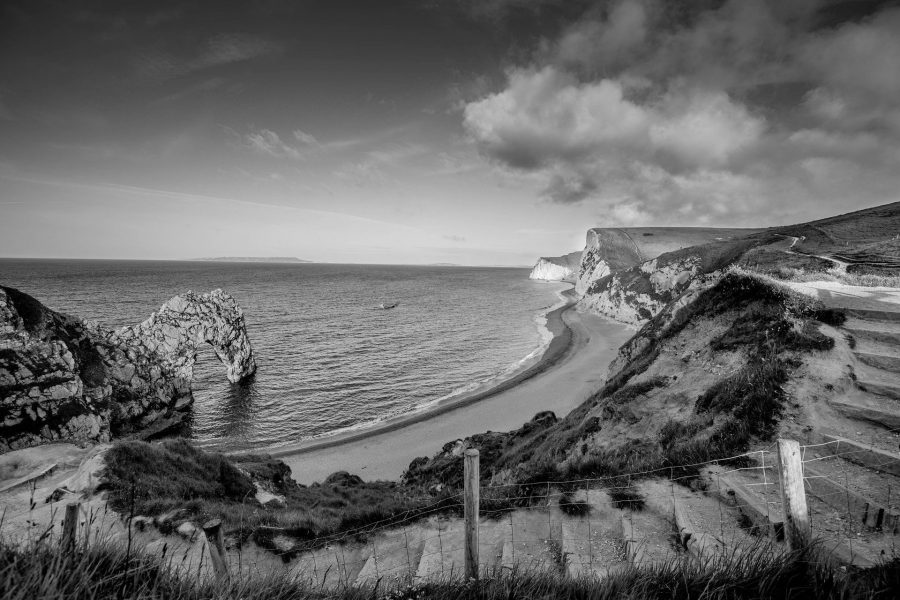ARTICLE ORIGINALLY PUBLISHED SPRING 2019
The English mania for seaside holidays predated the railways – but the arrival of the steam train supercharged it
Seaside resorts and inland watering places have a long history in England. “One would think the English are ducks,” wrote Horace Walpole in 1790; “they are forever waddling to the waters.”
Walpole was writing at a time when the most prominent resorts were increasing sharply in size. Travel times from London to Brighton and Bath had been much reduced by the introduction of mail coaches in 1784. By the 1820s the Margate hoys had been superseded by
steamers, which did the journey down the Thames in eight hours. In the first half of the 19th century, towns to which people travelled for purposes of health and recreation actually expanded at a faster rate than manufacturing towns (though from a much lower base).
The railways cut journey times still further and brought about major growth in seaside towns, as well as the establishment of new settlements, often encouraged by the railway companies themselves (for example in North Wales).
By 1851 six seaside resorts boasted more than 10,000 inhabitants, with Brighton by far the biggest with 65,000 residents – ten times as large as it had been 1801. The railway to Brighton had opened in 1840. By 1850 the first-class business train reached London Bridge in 75 minutes, though holiday passengers were carried at much slower speeds. By 1859, 73,000 visitors were conveyed to Brighton in one week.
Particularly from the 1850s the growth in holiday and excursion traffic was substantial. The Manchester Guardian noted in 1845 that many now left Manchester for the Whitsun holiday rather than spend it in the traditional way at the races on Kersal Moor. The railways extended their facilities and laid on trains to meet the demands of an increasingly affluent society, which could afford to travel, at least for the day. From 1871 statutory bank holidays were introduced and from the 1880s holidays with pay were not uncommon. Seaside holidays were encouraged by the railways themselves, who organised excursions at very cheap rates or enabled independent agents like Thomas Cook to do so.
New resorts grew up, including Bournemouth and Blackpool (both with populations of 47,000 in 1901). The former was slow to grow and had poor connections with London until
a new line was built through the New Forest at the end of the 1880s. By then through carriages were running over the Somerset and Dorset’s line from Birmingham and the North West. It served a national market, as did Torquay.
In contrast, the resorts in Sussex, Kent and Essex primarily served the London market, while three million visitors a year were arriving by train at Blackpool by 1900, made possible by major improvements to the railway line and expanded stations. Like other northern resorts, most visitors came from the Lancashire mill towns, especially in their wakes weeks.
The growth of seaside towns continued into the 20th century. Even after the second world war, the railways provided large numbers of additional trains on summer Saturdays to get people to their holiday destinations. It was only when the family car became the norm, motorways arrived and holidays abroad proved more attractive that the railways ceased to provide such services.







